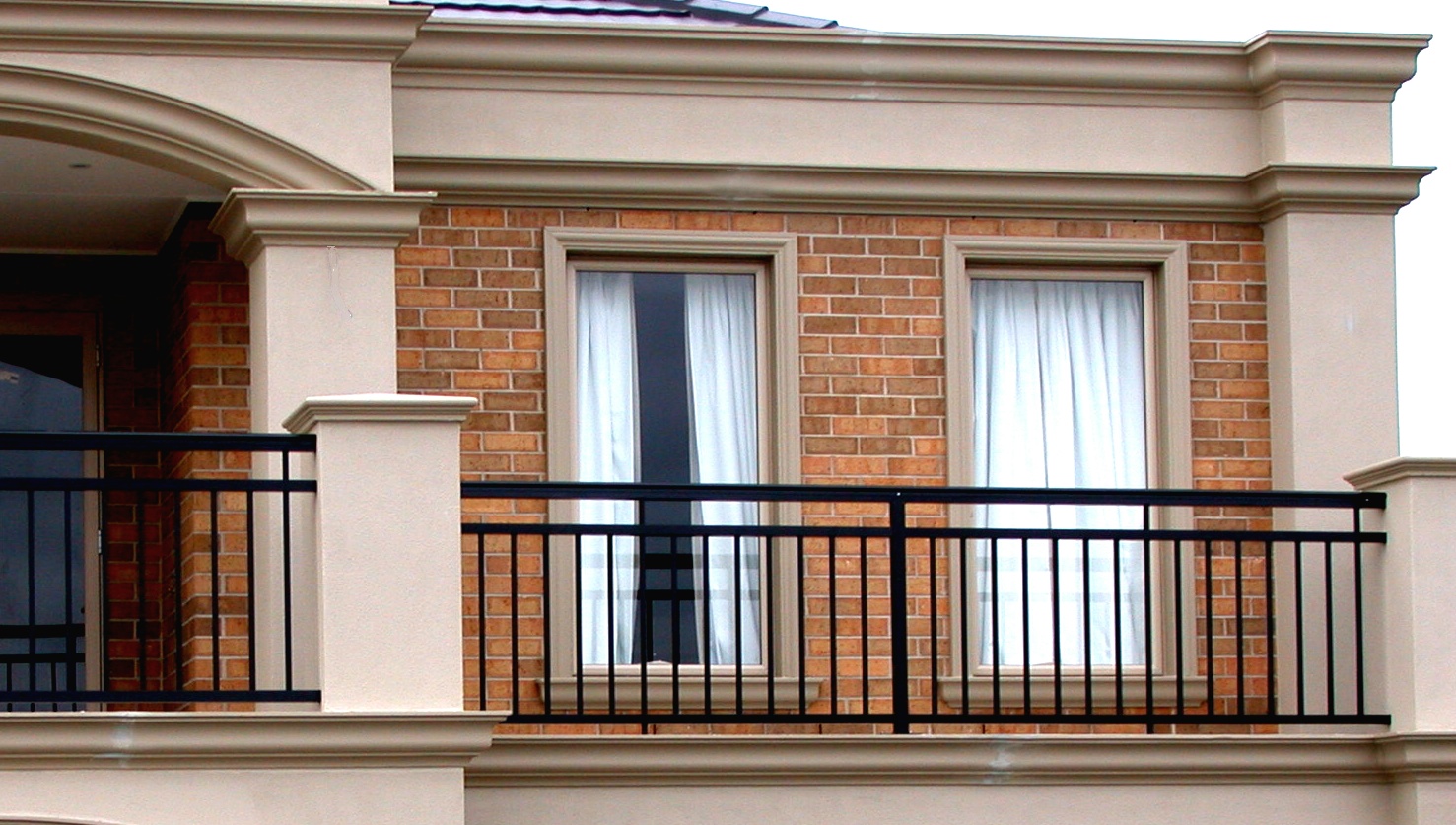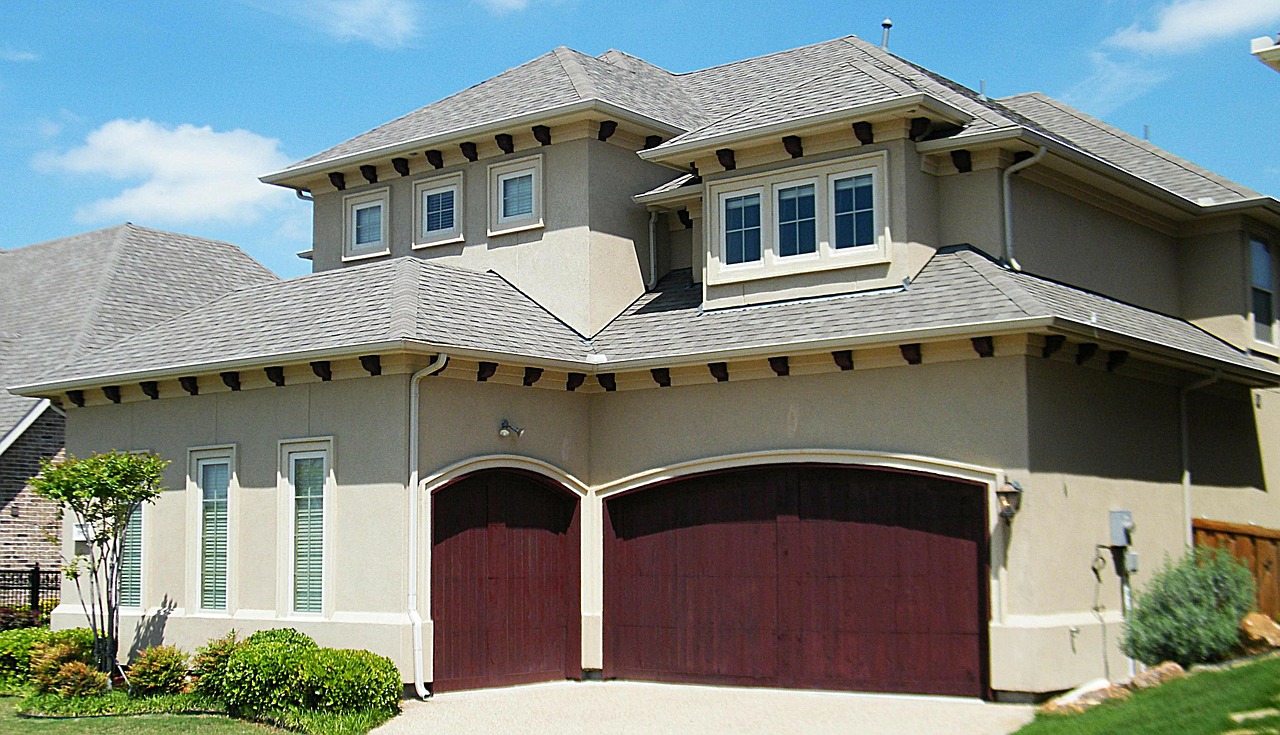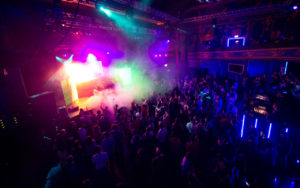
You may have not ever heard the term “balustrade” before, but you have most likely seen several of them. If you’ve ever been on a balcony, a terrace, or a staircase, you’ve probably seen, touched, or leaned against a balustrade. It’s the barrier that runs along the open sides of these structures to prevent people from falling off onto the floors below.
The Anatomy of the Balustrade
A balustrade is made up of a railing supported by small posts or columns. These posts are called balusters, a word that comes from an Italian term. The original Italian word was related to the word for a blossoming flower, which is what many balusters of the time resembled. Balustrades were first used as far back as the 13th century in Assyria, although they became less popular and weren’t used much in Greek or Roman architecture. However, balustrades were heavily favoured in Italy during the 15th century and have appeared in homes and buildings around the world since then.
What Are Balustrades Made from?
Traditional balustrades were made from stone or wood, but you can make them out of just about any material you want. Iron balustrades are often used along the sides of staircases, while wooden balustrades may be used around the edge of a dock or outdoor balcony. Generally, balustrades are made from materials that fit the overall look and style of the building.
Modern balustrades can be made from steel or just about any other material. There are even glass balustrades that prevent people from falling or entering an area without blocking visibility. This type of balustrade looks great in a very modern setting, whereas if you were building a home in the Victorian style, you might want to go with iron.
Uses of Balustrades
Balustrades are commonly used to prevent people from falling off of the upper floors of a multi-story structure or off the side of a staircase or escalator. They may also be found outdoors around a dock, riverfront, or other area where someone could be injured if they fell. This is why balustrades are usually made of very heavy, durable materials that cannot easily be broken if someone were to fall against them. Most are also designed to be tall enough that a person will not easily flip over the top of the balustrade.
But balustrades are not used purely for protection. Many are also designed to serve as decorative pieces. Some homes with a loft will incorporate images or repeating patterns instead of using straight balusters, while some outdoor balustrades will vary the height of the balusters, putting taller ones out towards the end and then dropping the railing down as it gets closer to the middle to give people a better view.
Balustrades can also be used to partition areas in order to provide better privacy or to keep unauthorised people out of an area. In offices, for example, modern balustrades may be used to divide a room into workspaces for employees or to separate a meeting area from the waiting area.



